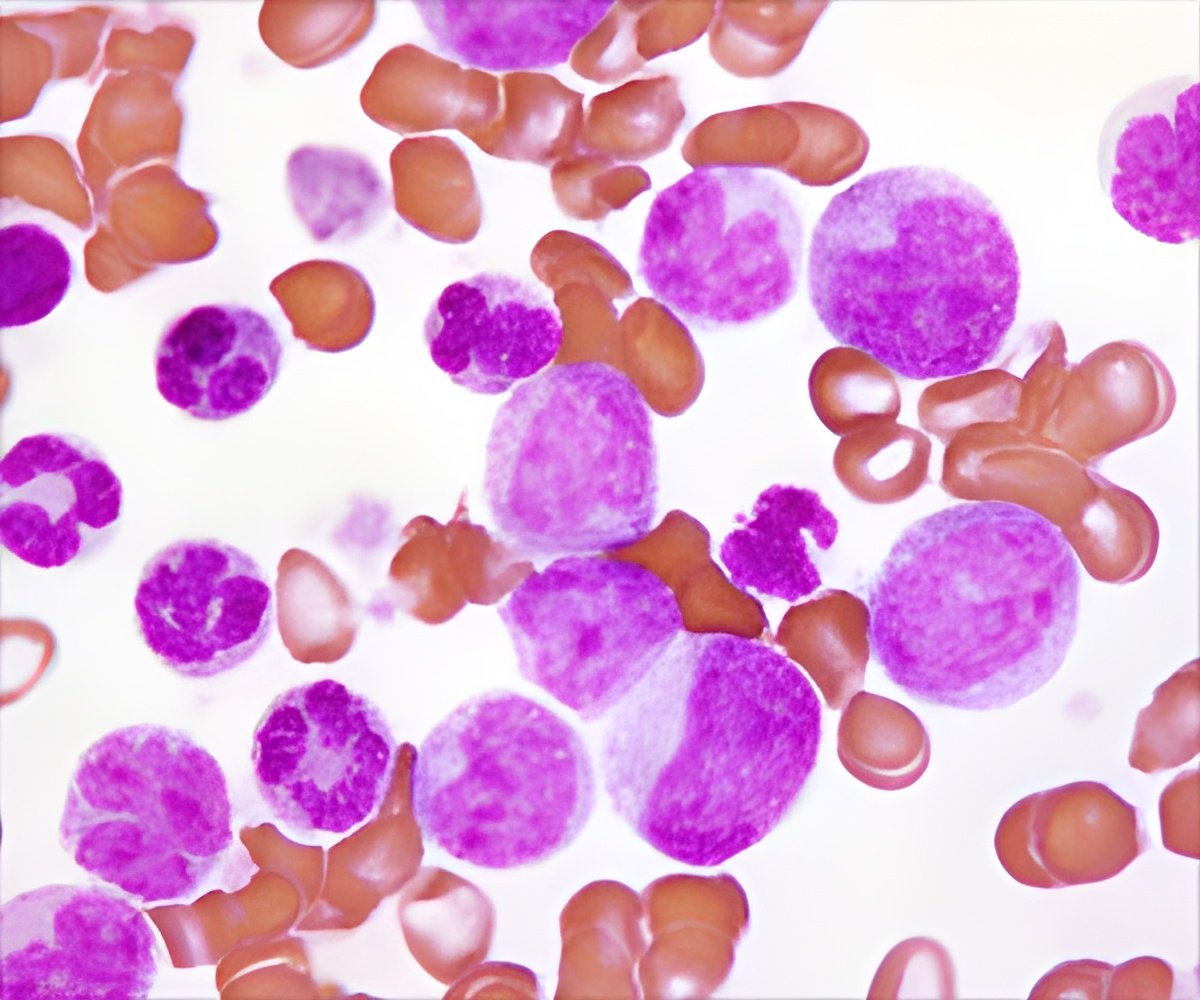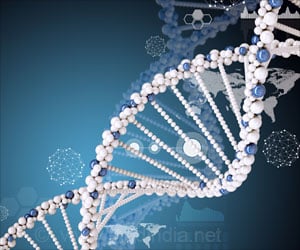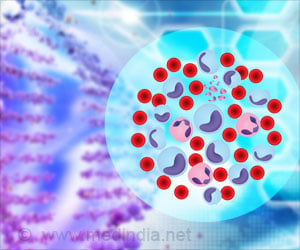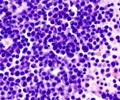A method to dissociate dormant leukemia cells from their surroundings, where they are safe from attacks by therapeutics has been identified by researchers.

‘A small population of inactive leukemia cells that is responsible for relapse of the disease has been identified by researchers.’





The
research results have now been published in the Cancer Cell journal.The team of scientists headed by Jeremias, head of the 'Apoptosis' research group in the Gene Vectors Research Unit (AGV) at the Helmholtz Zentrum München, has now isolated and characterized therapy-resistant cells for the first time. "Previously the biological principles responsible for a relapse in leukemia were not fully understood," says Jeremias. "Our new approach is to isolate dormant cells, which gives us the first possibility of developing therapies that switch off these cells."
Isolated cells respond to drugs
"We have found a method to dissociate dormant leukemia cells from their surroundings, where they are safe from attacks by therapeutics," explains Sarah Ebinger, doctoral candidate in the AGV and the article's first author. With the help of modern genetic engineering and dyes that mark cell growth, the scientists isolated cells and identified a rare cell type that resembled cells triggering relapse. These cells were inactive and resistant to therapy.
"We then found out that these cells, once they have been dissolved out of their surroundings, are indeed susceptible to therapy and react well to therapeutics," adds Erbey Özdemir, doctoral candidate in the AGV. "This has brought us a small step closer to the global goal of preventing disease relapse in patients suffering leukemia," says Jeremias. "It might serve as basis for new therapies that destroy resistant leukemia cells before they induce relapse."
Advertisement














